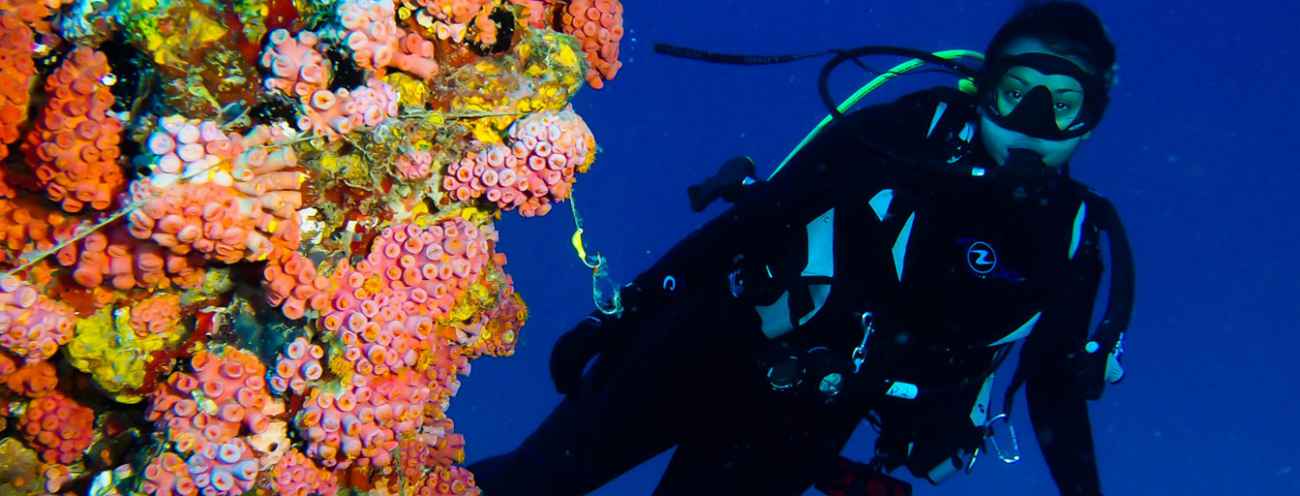
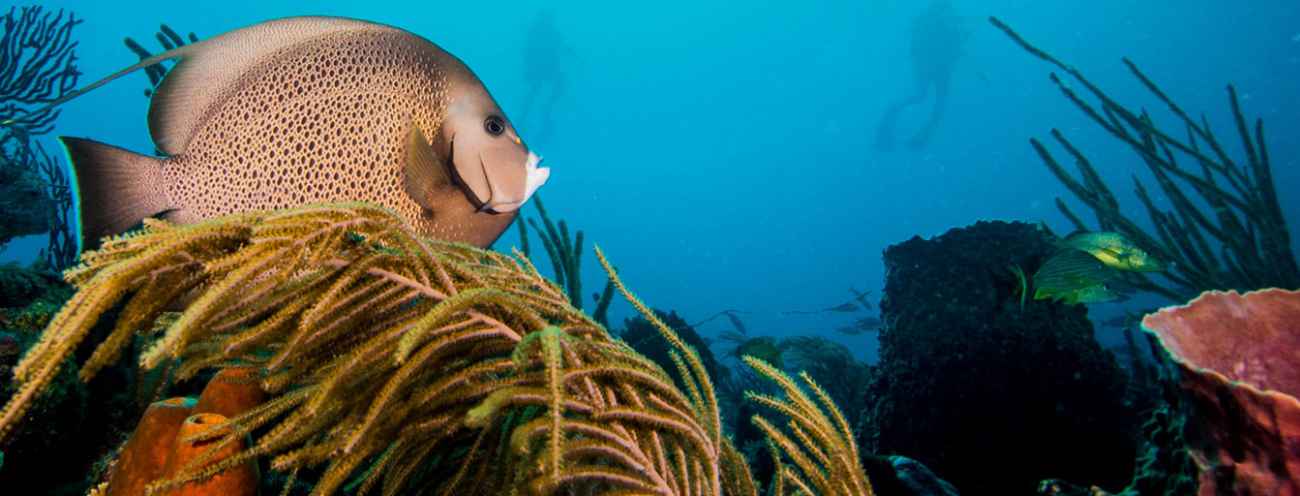
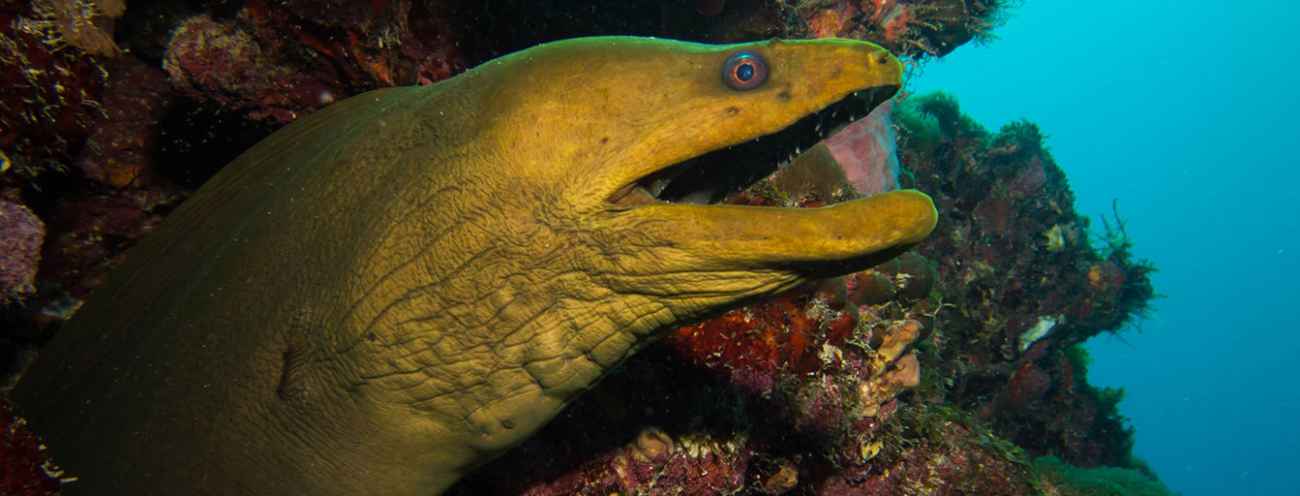
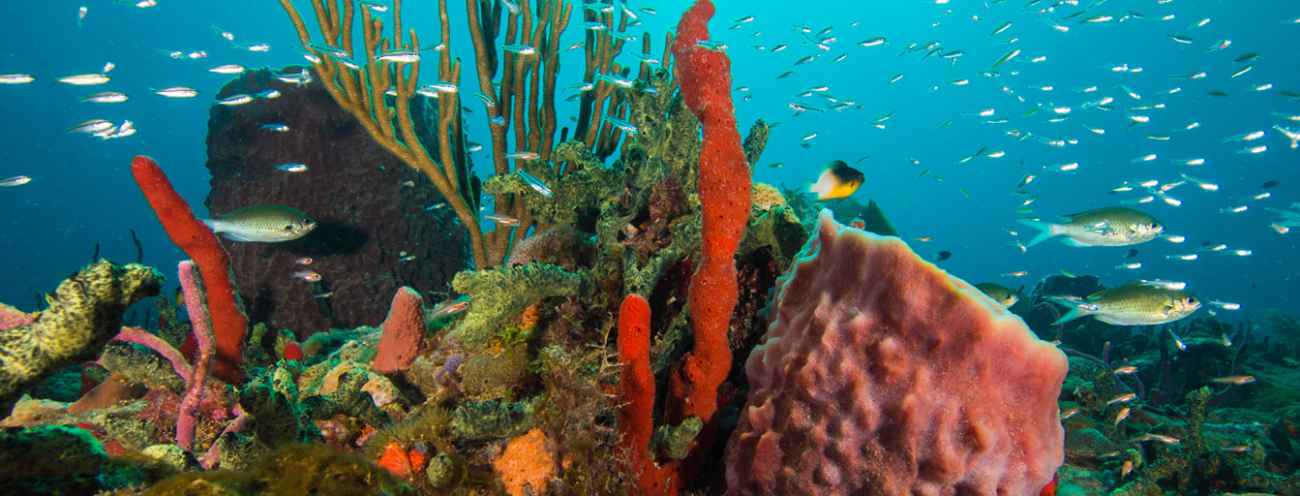
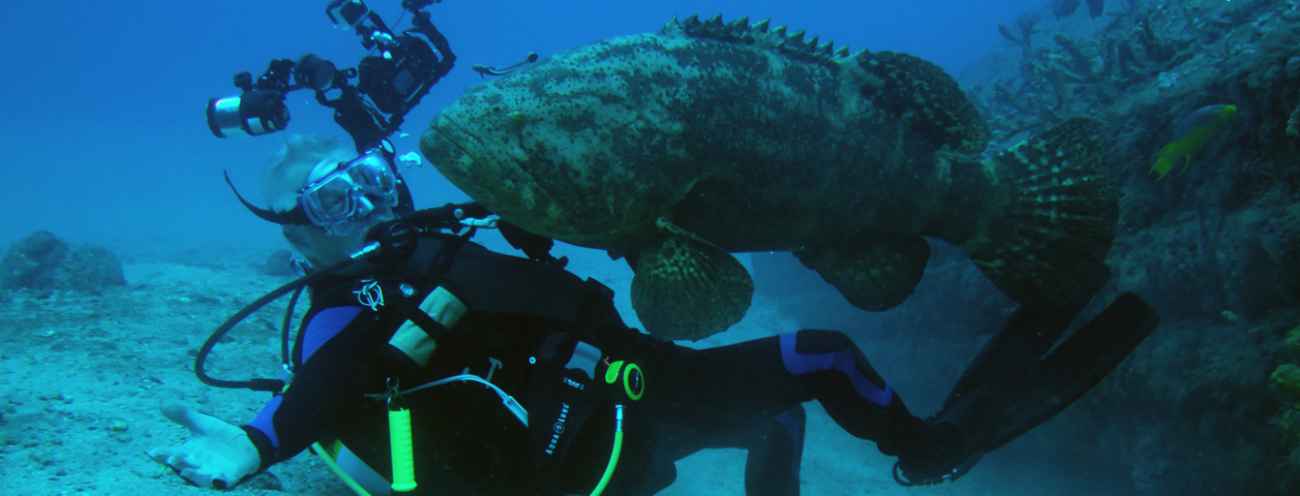
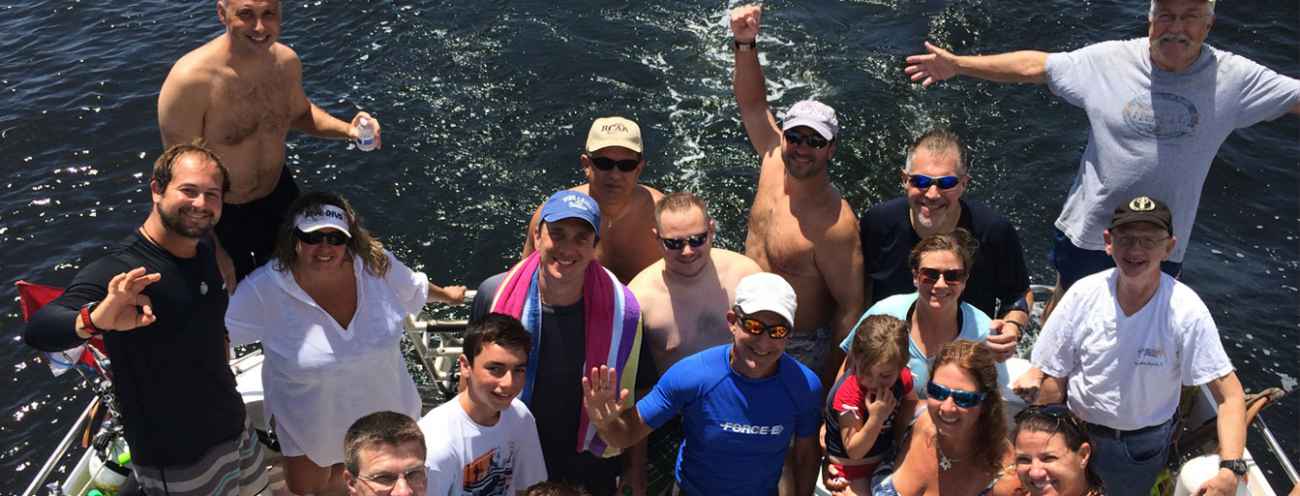
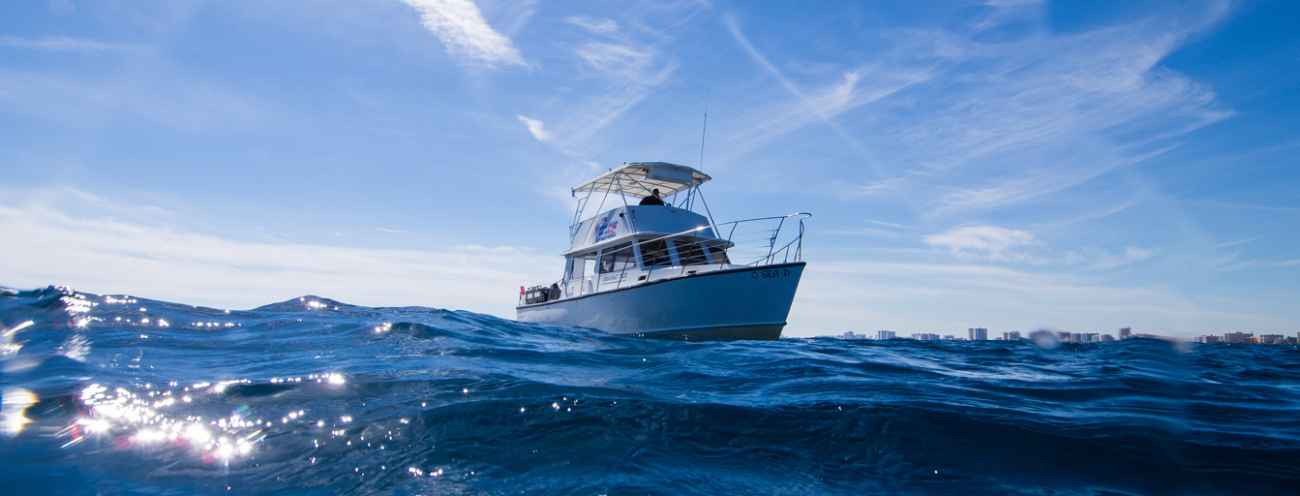
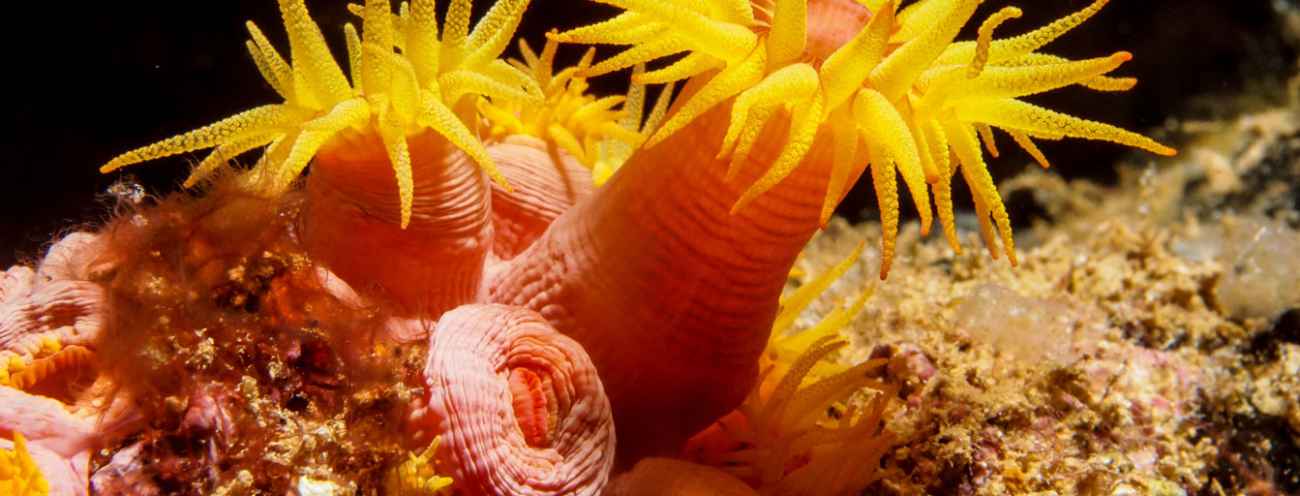
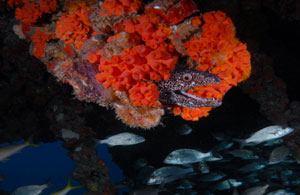
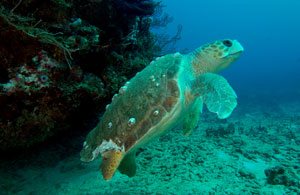
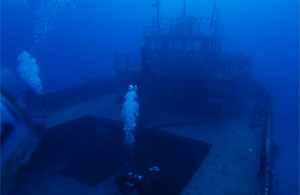 If there's one thing we hear over and over again, it's how surprised divers are in the diving in Fort Lauderdale and Pompano Beach. Most folks that come to Florida are destined for the Keys. Our little neck of the woods offers some of the best diving in the Continental United States. There is well over 75 published dive sites between Fort Lauderdale and Boca Raton. There are many others known by local captains and divers. The artificial reef program is among the most active in the country and the diving is the beneficiary of a lot of hard work by the county and volunteers. Our wrecks aren't little private boats sunk and called wrecks. They are barges, tug boats, crew boats and freighters. They come from all over the world and have their own colorful history. Some were put down on purpose. Others sank on their own. We even have one that sank on top of another. Time has covered them in corals and created homes for barracuda, turtles, sharks and thousands of fish. stingrays, eels and sport fish. There are three reef lines that run parallel to the beach. Each one deeper than the other. The first reef line ranges between 12' and 30'. The second reef line sits in 32' to 45' and the third 45' to 70' with the backside fingers dropping off to well over 100 feet. There is something for everyone. If you would like to find out more about specific wrecks or reef sites just click on our wreck or reefs page located in the navigation bar.
If there's one thing we hear over and over again, it's how surprised divers are in the diving in Fort Lauderdale and Pompano Beach. Most folks that come to Florida are destined for the Keys. Our little neck of the woods offers some of the best diving in the Continental United States. There is well over 75 published dive sites between Fort Lauderdale and Boca Raton. There are many others known by local captains and divers. The artificial reef program is among the most active in the country and the diving is the beneficiary of a lot of hard work by the county and volunteers. Our wrecks aren't little private boats sunk and called wrecks. They are barges, tug boats, crew boats and freighters. They come from all over the world and have their own colorful history. Some were put down on purpose. Others sank on their own. We even have one that sank on top of another. Time has covered them in corals and created homes for barracuda, turtles, sharks and thousands of fish. stingrays, eels and sport fish. There are three reef lines that run parallel to the beach. Each one deeper than the other. The first reef line ranges between 12' and 30'. The second reef line sits in 32' to 45' and the third 45' to 70' with the backside fingers dropping off to well over 100 feet. There is something for everyone. If you would like to find out more about specific wrecks or reef sites just click on our wreck or reefs page located in the navigation bar.
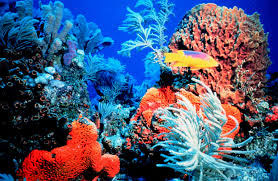 Absolutely the easiest way to see the wonders of our reefs is by Drift Diving. Unlike fixed (or anchor) diving, you don't have to find your way back to the boat, the boat is always with you. In Drift Diving, we put you and your buddy team in the water with a dive float and flag. Once in the water, the boat follows your flag as you drift along with the current, keeping other boat traffic away from your dive area.
Absolutely the easiest way to see the wonders of our reefs is by Drift Diving. Unlike fixed (or anchor) diving, you don't have to find your way back to the boat, the boat is always with you. In Drift Diving, we put you and your buddy team in the water with a dive float and flag. Once in the water, the boat follows your flag as you drift along with the current, keeping other boat traffic away from your dive area.
Our divemasters watch for you to surface, and at the end of the dive, our boat comes and picks you up. It's like coming up and flagging down your own personal water taxi. Conventional anchor diving, techniques require you to swim INTO the current (hard work sometimes!) for the first 1/3 of your air supply, then swim (drift) back to the boat on the second 1/3 of air (leaving the remaining air for emergencies, such as missing the boat and getting carried down current, away from the anchored boat.) Imagine, lazily drifting over the reef, taking pictures, searching for tropical fish, sea turtles or any one of the numerous critters that call our reefs home, allowing you to take back wonderful memories. Drift diving lets you enjoy more bottom time while using less effort. If you have ever swam into a heavy current, you know that it's no fun. "Fun", isn't that what diving is supposed to be all about?
You'll be blown away by the three reef systems that parallel our shoreline. Variety is a single word that can describe our reefs. No site is the same. You can find reefs in as shallow as 15 feet to the outside of the third reef sloping down to well over 70'. In addition to the structure of the reef being diverse, you'll also discover a multitude of inhabitants. 1000's of species of tropical fish share their home with Morey Eels, Nurse Sharks, Octopus, Rays, sport fish and a variety of hard and soft corals. Come see the colors and the critters of our tropical reefs.
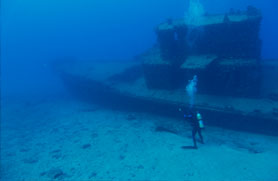 Our offshore area has been the final resting place for ships almost as far back as the discovery of the New World itself. The Gulf Stream, which comes so close to shore and bathes our reefs in clear blue water, was the 'highway' that carried the European sailing ships back home. Our unique, three-tiered reef system captured and ripped out the bellies of many of those vessels and scattered their cargo all up and down the coastline. The skeletons of a few wooden vessels still lie buried beneath the sand, And it still happens to the lucky beach walker to find a coin dated 1715 or perhaps 1733 washing up on shore at their feet after a brisk eastern storm. There's treasure still out there.
Our offshore area has been the final resting place for ships almost as far back as the discovery of the New World itself. The Gulf Stream, which comes so close to shore and bathes our reefs in clear blue water, was the 'highway' that carried the European sailing ships back home. Our unique, three-tiered reef system captured and ripped out the bellies of many of those vessels and scattered their cargo all up and down the coastline. The skeletons of a few wooden vessels still lie buried beneath the sand, And it still happens to the lucky beach walker to find a coin dated 1715 or perhaps 1733 washing up on shore at their feet after a brisk eastern storm. There's treasure still out there.
Except for the venerable "Copenhagen", a steel-hulled coal carrier, ran aground in 12 feet of water on the first reef at the turn of the last century, all the shipwrecks we dive are artificial reefs. These ships sunk, mostly within the past fifteen years, have added tremendously to the amount of marine life as the new habitat was provided. The "Tenneco Towers", a retired oil platform, sunk in three sections by the Tenneco Oil Company in the late 80,s has proved to be the best single fish attracting device in the entire artificial reef program.
There are over forty artificial reef sites we dive, most of them shipwrecks. In all depths and suited to all different skill levels, we can provide you with all the wreck diving thrills you can handle. Our newest addition to the 'collection', is the 150' United Caribbean, sunk near her neighbors, the Noula Express and the Sea Emperor south of the Boca Raton Inlet about a mile offshore. Already home to schools of bar jacks and yellowtails, complete with the required barracuda keeping watch in the wheelhouse, the "United Caribbean" sits upright in 73' with her superstructure topping out at 45'.
The United Caribbean and her companion wrecks are on the schedules of both Fishfood and Fathoms O' Fun. In fact, 'Fathoms' was the first dive boat to put divers on the wreck, less than an hour after she hit the bottom. We will visit this site often to witness the transformation of this pristine shipwreck into a living part of the coral reef system. Won't you join us?